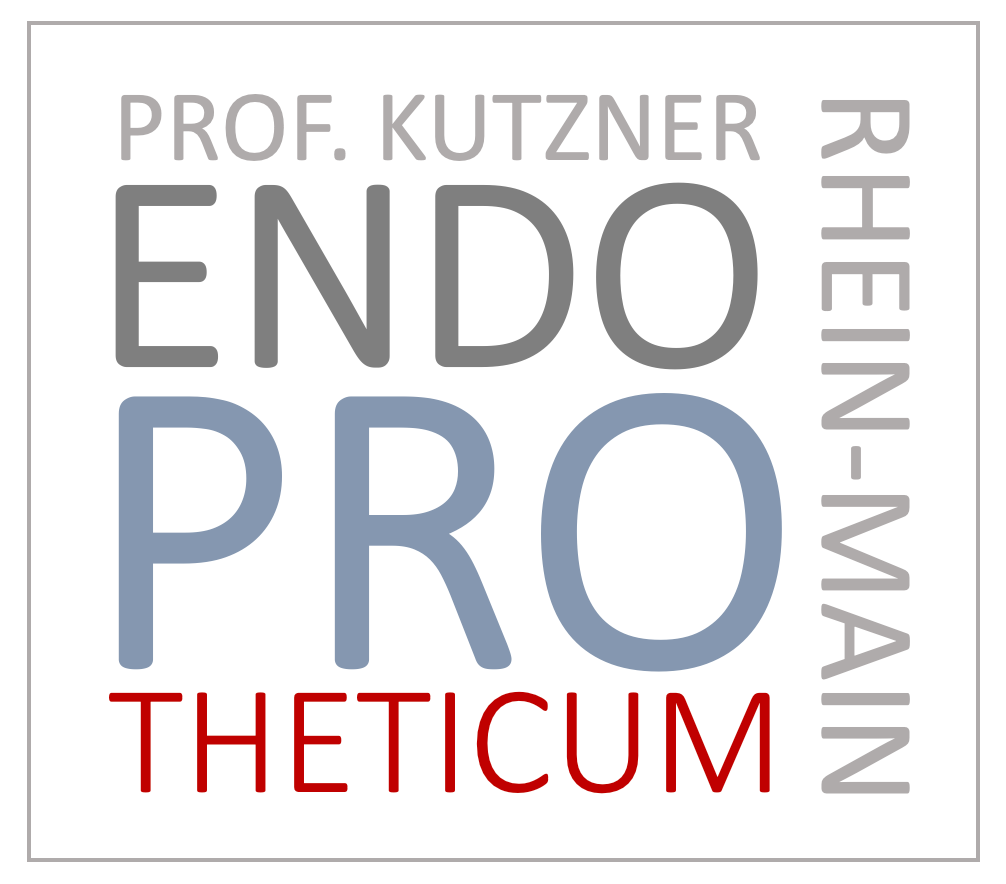Joint replacement 2025 – between innovation and reliability
Advances in Endoprosthetics: Future of Artificial Joint Replacement

Artificial joint replacement has made immense progress in recent decades and is now one of the most successful operations in modern orthopedics. But development does not stand still: new materials, improved surgical techniques and personalized treatment approaches are shaping the future of endoprosthetics. This blog provides a comprehensive look at joint replacement innovations and best practices in 2025, with a particular focus on hip and knee joints.
Current status of artificial joint replacement
The use of endoprostheses is one of the most frequently performed operations in Germany. Around 450,000 procedures are carried out on the hip and knee joints every year. In addition to the high success rate, issues such as longevity of implants, faster rehabilitation and minimally invasive procedures for artificial joint replacement are now becoming the focus.
1.1 Success factors
Using durable materials such as titanium and ceramic.
Standardized surgical procedures for joint replacement to minimize complications.
Early mobilization of patients after surgery.
1.2 Challenges
Increasing demand for joint replacements due to the aging population.
Treatment of younger patients with higher demands on mobility and longevity.
Infection risks and the need for revision surgery.
Innovative materials in joint replacement
A key area of innovation is the further development of materials used for prostheses. These largely determine the durability and biocompatibility of the artificial joint replacement.
2.1 New materials
Ceramic coatings: Reduce the risk of abrasion and increase lubrication.
Highly cross-linked polyethylene: Minimize wear particles and extend durability.
Hybrid solutions: Combination of titanium and ceramic offers the advantages of both materials in joint replacement.
2.2 Individualized implants
Using 3D printing technologies to create customized prostheses.
Use of bioactive surfaces that promote bone ingrowth.
Advances in joint replacement surgical techniques
New surgical approaches and technologies make knee and hip joint replacements more precise, less invasive and more comfortable for patients.
3.1 Robotics and Navigation
Robot-assisted surgery enables precise positioning of the implants.
Digital navigation reduces misalignments and optimizes biomechanics.
3.2 Minimally invasive approaches
AMIS method (anterior minimally invasive surgery): Gentle access to the hip, faster healing process.
Short-shaft prostheses: protect the bone, ideal for younger patients. Future standard for hip joint replacement.
Personalized treatment approaches in artificial joint replacement
Individualization in medicine is a growing trend – including in artificial joint replacements. Personalized therapies and prostheses guarantee tailor-made care.
4.1 Preoperative planning of joint replacement
Virtual simulation of the operation.
Analysis of individual joint loads using AI-based models.
4.2 Tailored joint replacement
3D printed prostheses specially adapted to the patient's anatomy.
Considering factors such as activity level and lifestyle.
Future of rehabilitation after joint replacement
After joint replacement surgery, rehabilitation is crucial for long-term success. Innovative methods will be available in 2025.
5.1 Virtual physiotherapy
Using VR and AR technologies to guide exercises.
Apps to monitor progress in real time.
5.2 Faster mobilization
Use of minimally invasive techniques reduces postoperative pain and complications.
Load build-up occurs immediately after the operation.
5.3 Long-term support
Networking through digital platforms between patients and doctors.
Sensors in implants provide real-time data on prosthetic function.
Specifics of hip replacement
Artificial hip joint replacement is one of the most successful procedures worldwide. Nevertheless, there are special challenges and innovative developments.
6.1 Short-stem prostheses
Less bone substance is removed.
Suitable for younger, active patients.
6.2 Dual mobility prostheses
Additional stability thanks to dual sliding surfaces.
Reduces the risk of dislocations.
6.3 Challenges in old age
Osteoporosis can jeopardize the stability of the joint replacement.
Cemented implants as a solution for poor bone density.
Specifics of knee joint replacement
The artificial joint replacement of the knee joint places special demands on materials and surgical technology due to the complex biomechanics of the joint.
7.1 Sliding prostheses (unicondylar joint replacement)
Partial replacement of only one compartment of the knee.
Protection of healthy tissue structures around the joint replacement.
7.2 Total endoprostheses (TEP; complete joint replacement)
Complete replacement of the joint in cases of advanced osteoarthritis.
Use of durable materials to reduce wear.
7.3 Innovative design
Rotary platform prostheses for improved mobility.
Biological implants that mimic the body's own structures.
Risks and complications of joint replacement – What patients should know
Every surgical procedure carries risks, including artificial joint replacements. However, modern techniques and improved aftercare minimize these.
8.1 Infections
Use of coated implants to reduce the risk of infection.
Improving operating conditions through sterilized surgical robots.
8.2 Loosening of the prosthesis
Innovations such as cement-free implants with a bioactive surface promote bone ingrowth into the joint replacement.
Regular follow-up care for early detection.
8.3 Revision operations
Use of modular prostheses facilitates replacement in the event of complications.
Robot-assisted joint replacement procedures increase the success rate.
Outlook for 2025 – Where is endoprosthetics heading?
Artificial joint replacement is on the threshold of a revolutionary future. The combination of technological advances, biological approaches and digital networking will have a lasting impact on therapy.
9.1 Gene-based therapies
Targeted approaches to repair cartilage damage.
Genetic analysis for precise selection of prostheses.
9.2 Intelligent implants in joint replacement
Prostheses with integrated sensors to monitor function.
Alarm in the event of incorrect loading or loosening.
9.3 Sustainability
Reusable components made from recyclable materials.
Focus on environmentally friendly manufacturing methods.
Conclusion: Joint replacement 2025 (Quo vadis)
In 2025, artificial joint replacement will be much more than simply replacing a joint. With innovative materials, precise surgical techniques and individualized patient care, endoprosthetics remains a mainstay of modern orthopedics. Patients have the opportunity to live a pain-free life with full freedom of movement – between innovation and reliability.
MAKE AN APPOINTMENT?
You are welcome to make an appointment either by phone or online .



























